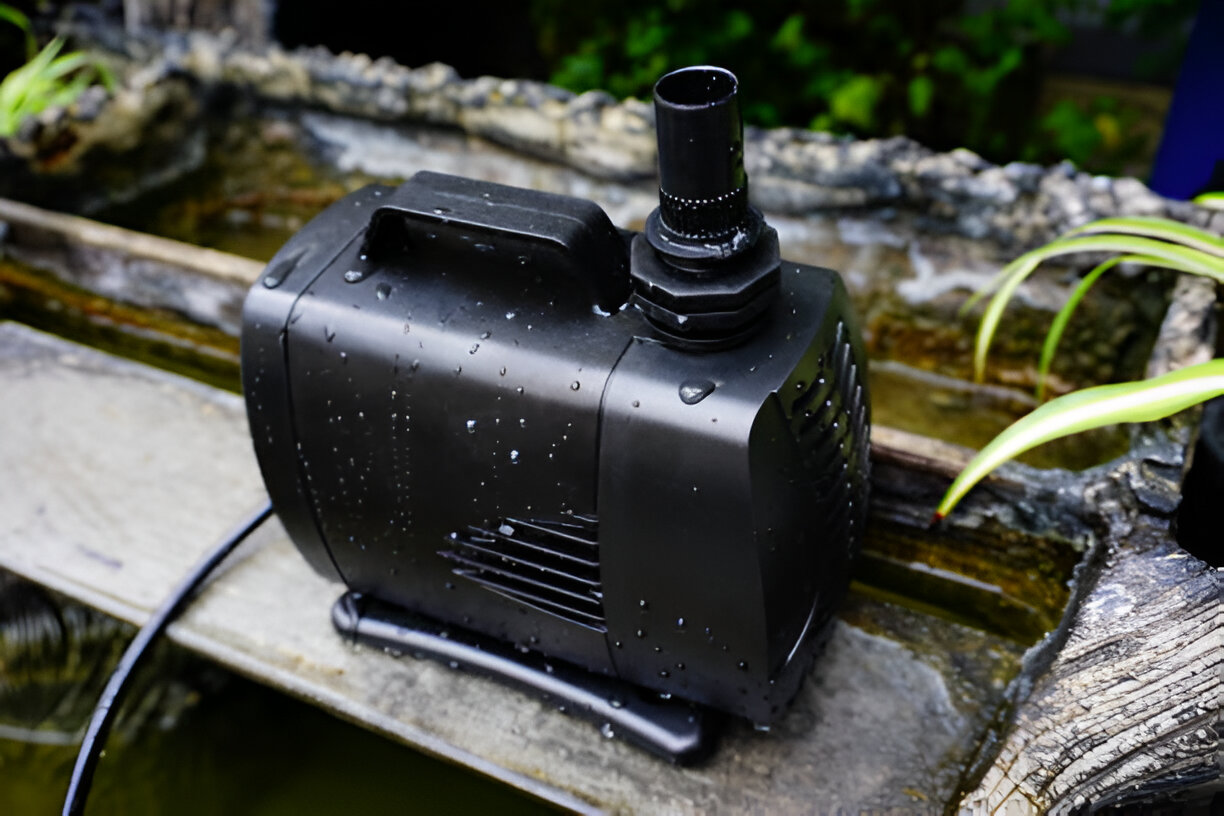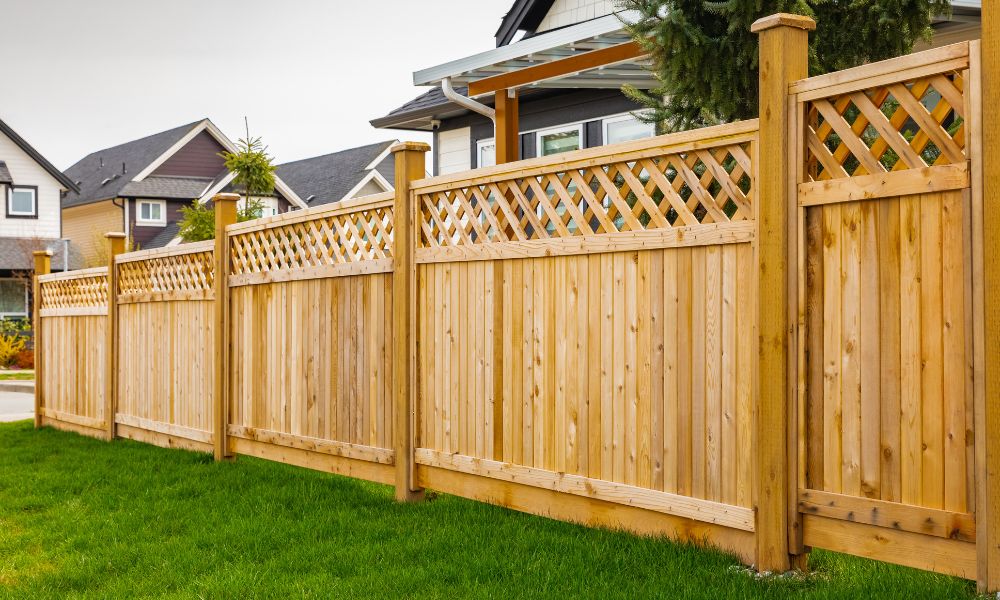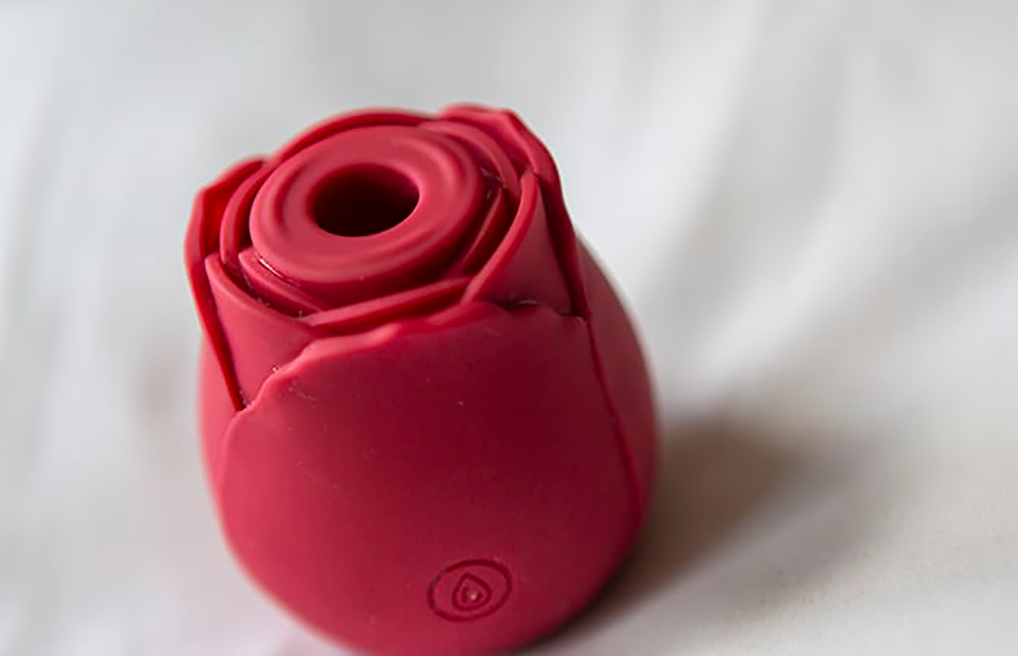A Guide to Installing a Pond Filter And Maintaining Crystal Clear Water

Proper filtration helps to keep your pond water clear but an improper system will rapidly create conditions that result in an unhealthy and unappealing green mess. An aquatic ecosystem requires a pond filter as its vital component to eliminate debris and excess nutrients with toxic materials. To keep water clear along with fish and plants healthy you will need to correctly install the pond filtration system.
The key to solving pond challenges is discussing them with an experienced pond company. For example, the Kent-based pond expert That Pond Guy provides specialized pond support and installation services throughout South London. They will help you find suitable pond filter equipment and position it correctly, saving time and preventing possible installation problems.
Choosing the Right Filter
Choosing the Right Filter
- Pond size: Select a filter whose capacity surpasses or equal to the total volume of your pond water. The manufacturers usually specify the limit of pond capacity their filters can efficiently process.
- Fish load: When you maintain plenty of fish throughout your pond you must install a filter which has sufficient power.
- Filter type:
- Mechanical filters perform the dual function of clearing pond water from suspended particles and solid debris.
- Biological filters cultivate beneficial bacteria that break down harmful ammonia and nitrites.
- UV clarifiers expose pond water to UV light, which kills algae and bacteria thus achieving clearer water conditions.
- Incorporate multiple filtration stages using combination filters.
- Flow rate: A flow rate of the filter should be capable to circulate the entire pond volume at least two to three times within an hour.
Step-by-Step installation guide

1. Placement
- Keep the filter outside the pond, preferably on a level surface.
- The filter installation site needs to be near the pond for easy plumbing.
- Find a spot for the pond filter for easy access.
2. Pump installation
- Installation of submersible pumps occurs at the bottom of the pond, while external pumps require placement outside.
- Use suitable tubing to link the pump outlet section to the filter intake point.
- Check that all tubing connections are safe and have water-proof sealing.
3. Filter connections
- Connect the filter outlet to the return line, which directs filtered water inside the pond.
- Gravity-fed filters must be placed higher than pond water.
- You can connect water from pressurized filters to climb uphill, leading toward a waterfall or water feature.
4. Electrical connections
- Connect the pumping system along with electrical components to an appropriate power supply.
- For safety purposes, connect the filter to a ground fault circuit interrupter (GFCI) outlet.
- Electrical wiring for pond equipment should have safe configurations and proper water resistance.
5. Filter Media
- Use filter media according to manufacturer instructions.
- Filter media should include sponges with bio-balls, ceramic rings, or other designated materials.
6. Testing and Adjustment
- Turn the pump on and examine it for any leakage.
- Check the water flow and adjust if necessary.
- Allow the filter system to run consistently to establish a well-functioning biological filtration system.
7. Maintenance
- Periodically cleaning the used filter media prevents the buildup of debris.
- Examine the pump alongside its connections to verify there are no problems.
- Perform regular checks on water parameters and adjust the filtration system as needed.
Follow these steps to ensure your pond filtration system is installed and performing well. Then, you can enjoy an attractive and healthy pond ecosystem.








